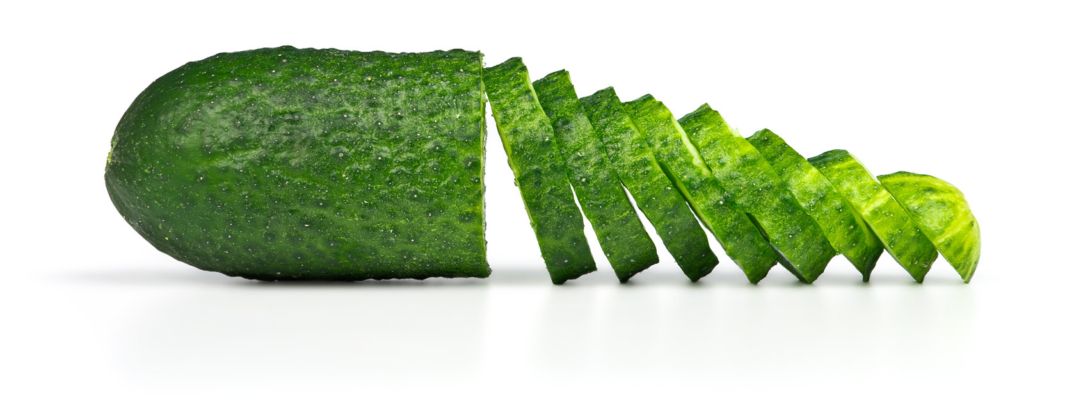Now That’s Flashy

Lightening Bugs are such a wonder of nature!!! I still love to see them out at night. And I love to see my kids and grandkids get mesmerized by them. :)))))))))))))) If you do a search…you’ll find a bunch cool lightening bug t-shirts to show your love for the little critters, too.
I’ve been blessed this year in Northeast Ohio with a wonderful summer – stunning sunrises on my way to the office, amazing sunny summer days and beautiful sunsets over the lake. August brings with it the buzzing of the cicadas on hot steamy days and the special treat of lightening bugs at night. Watching these bugs come out each evening is so fun, especially while enjoying our grandkids chasing them around the yard, providing Jackie and I some of the greatest joys of the summer! I got to thinking about the cool nature of these bugs, or fireflies, and did some research. It’s fun to know these familiar insects can live almost anywhere there’s a patch of grass or stand of trees, blinking their bioluminescent bellies to attract mates and signal to other fireflies. Here are some fun facts you should know about these charismatic creatures. Special thanks to interestingfacts.com, Wikipedia and brittanica.com for the info. Enjoy!
- More than 2,000 species of fireflies haunt damp woodlands, forests, wetlands, suburbs, and city parks on every continent except Antarctica. About 160 species live in the U.S. and Canada, and their populations overlap so much that several species might be seen in one backyard at the same time.
- Though fireflies are quite diverse in their appearance and behavior, they all belong to the Lampyridae family within the order Coleoptera, which consists of beetles and weevils. Anatomically, fireflies and other beetles have hardened wing covers, called elytra, that differentiate them from flies and other types of insects.
- If you live in the American West or New England, you likely know the members of Lampyridae as “fireflies.” Those in the Midwest and South, however, probably think of them as “lightning bugs.” Jason Keeler, an assistant professor of Earth and atmospheric sciences at Central Michigan University, tweeted a possible explanation for the geographic choices. He noted that the “firefly” regions experience the United States’ highest wildfire activity (in the West, at least), while the “lightning bug” areas have the most lightning strikes.
- According to the Oxford English Dictionary, since the 16th century, fireflies have also been called fireworms, salamander flies, firebugs, glow flies, lightning beetles, and meadow flies.
- Not all fireflies produce light, but the ones that do give off their glow thanks to a biochemical reaction. Their light is produced when an enzyme, luciferase, interacts with a chemical called luciferin, oxygen, and ATP – a protein that facilitates energy production. Fireflies likely control their blinking patterns by regulating the amount of oxygen feeding the chemical reaction.
- Luciferin and luciferase interact so well together that scientists use them in medical applications, including immunological and gene expression assays, drug tests, and cancer research. In one example, researchers have injected luciferase into cancer cells to see whether immunotherapies are killing them off.
- Entomologists call fireflies’ illumination “cold light” because 100% of the energy used to produce it is turned into actual light, and none is lost as other forms of energy. By comparison, a traditional incandescent light bulb converts 20% of its electricity into light and loses 80% as heat. Even modern LED light bulbs aren’t as efficient as fireflies.
- Each firefly species flashes with its own Morse code-like sequence, which members of the species use to signal potential mates. In North America, male fireflies will typically fly back and forth across a small area, blinking rhythmically, while the females perch in grass or shrubs and respond to the males with their own light. Eventually, the male will make his way over to the female by following her “glow” – (this absolutely did not work for me the first time I met my wife Jackie). Non-bioluminescent fireflies use pheromones instead of light to attract mates.
- A few species synchronize their light show. Among Photinus carolinus, a species native to the southern Appalachians, the males blink in unison during their mating season, creating a major tourist event in Great Smoky Mountains National Park every June. A species seen in South Carolina’s Congaree National Park, Photuris frontalis, synchronizes intermittently in flight.
- A firefly begins its existence as a faintly glowing egg in moist soil or leaf litter. About three weeks after the egg is laid, the firefly larva emerges and remains in its damp habitat, gobbling up worms, slugs, and other invertebrates. It eats and grows for two years, and then enters the pupal stage of its development. Over the next three weeks, the pupa metamorphoses into an adult firefly (similar to a caterpillar turning into a butterfly). Only then does the firefly finally emerge from its underground habitat and fly free.
- Females of the Lamprigera firefly can grow to be the size of your palm. They are much larger than their male counterparts and lack wings. Two large light organs on their abdomen produce their characteristic glow.
- While fireflies are largely seen as a staple of summer, there is one North American species that is active in the winter. Adults of these winter fireflies do not emit light and hide in the bark of trees, so they largely go unnoticed. Emerging to find overwintering sites in September and huddling in the furrowed bark of large trees through the winter, they find each other with pheromone signals in April and May, mate, lay eggs and are gone before their summer counterparts arrive.
- Best nearby sites to see firefly shows are Great Smoky Mountains, Tennessee, Congaree National Park, South Carolina and Allegheny National Forest, Pennsylvania.
::::::::::::::::::::::::::::::::::::::::::::::::::::::::::::::::::::::::::::::::::::::::::
DO YOU LIKE CONTESTS?
Me, too.
As you may know the Kowalski Heat Treating logo finds its way
into the visuals of my Friday posts.
I. Love. My. Logo.
One week there could be three logos.
The next week there could be 15 logos.
And sometimes the logo is very small or just a partial logo showing.
But there are always logos in some of the pictures.
So, I challenge you, my beloved readers, to count them and send me a
quick email with the total number of logos in the Friday post.
On the following Tuesday I’ll pick a winner from the correct answers
and send that lucky person some great KHT swag.
So, start counting and good luck!
Oh, and the logos at the very top header don’t count.
Got it? Good. :-))))
Have fun!!
::::::::::::::::::::::::::::::::::::::::::::::::::::::::::::::::::::::::::::::::::::::::::






